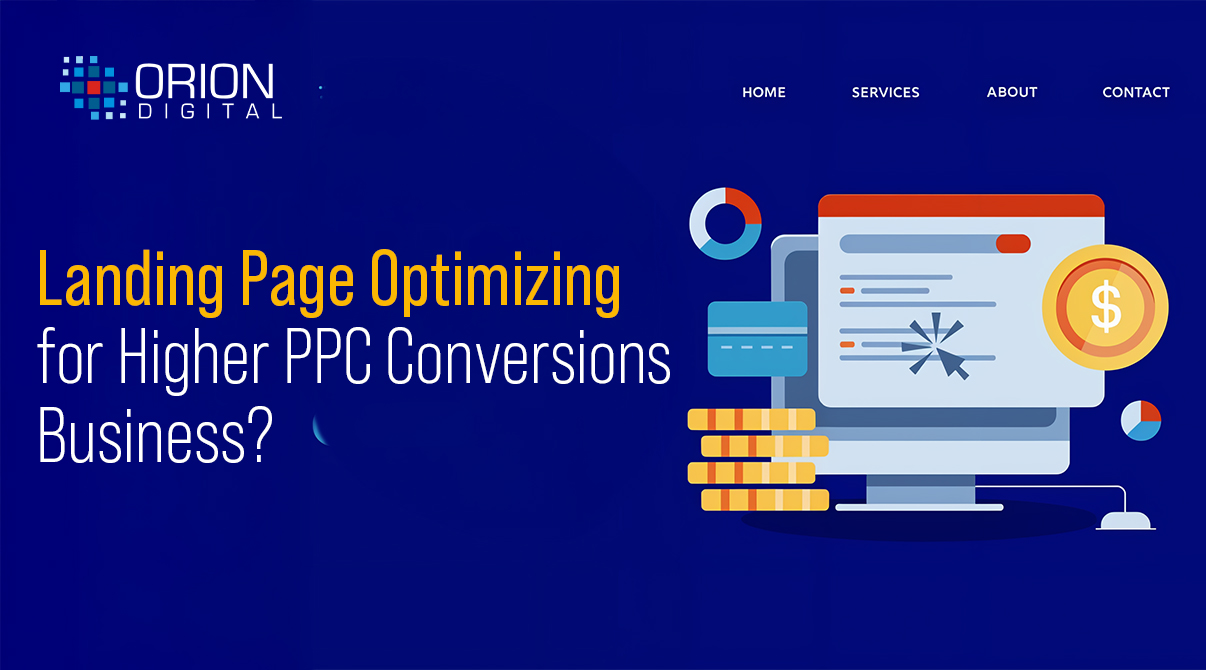
The Ultimate Guide to Running a Successful Google Ads Campaign
- Bhavana B
- December 20, 2024
- Digital Marketing
- google ads
- 0 Comments
Digital marketing is a broad spectrum, and every aspect helps build a strong digital brand, drive more traffic, and increase revenue. However, while every aspect of this domain is helpful, some aspects, like paid ads, including Google ad campaigns, help achieve the objective quickly.
Google Ads is undoubtedly one of the most powerful tools for businesses that are looking to reach their target audience, drive traffic, and achieve measurable results. With billions of searches made every day, Google Ads offers exceptional access to potential customers at the exact moment they are searching for products or services.
To run a successful Google Ads campaign requires more than just deciding on a set budget and picking some keywords. It’s a strategic process that involves careful planning, execution, and optimization. Whether you’re new to pay-per-click (PPC) advertising or looking to improve your existing campaigns, this guide will provide actionable insights to help you master the art of Google Ads.
Steps to Run a Successful Google Ads Campaign
1. Define Your Campaign Goals
Before you start, it’s crucial to identify what you want to achieve with your campaign. Are you looking to drive website traffic, generate leads, increase sales, or boost brand awareness? Clear goals will help you with your strategy and assist you measure success. Setting clear objectives ensures your campaign stays focused and delivers the desired outcomes.
2. Understand Your Target Audience
A successful campaign generally depends on reaching the right audience. Use customer data and market research to identify your ideal customer’s demographics, preferences, and behaviours. By narrowing your focus, you can create ads that resonate and convert. Audience segmentation allows you to tailor your messaging for maximum impact.
3. Conduct Comprehensive Keyword Research
Keywords, beyond a doubt, are the backbone of any Google Ads campaign. Use tools like Google Keyword Planner or SEMrush to identify relevant, high-performing keywords. Focus on a mix of broad, phrase, and exact-match keywords to cover all aspects of user intent. Don’t forget to include negative keywords to avoid wasting your budget on irrelevant searches.
4.Craft Compelling Ad Copy
Your ad copy should grab attention, highlight your unique value proposition, and include a clear call to action (CTA). Use concise, engaging language that speaks directly to your audience’s needs. High-quality ad copy not only improves click-through rates (CTR) but also contributes to better ad placement and lower costs.
5.Optimize Landing Pages
Driving traffic to poorly designed or irrelevant landing pages can harm your campaign’s performance. Ensure your landing pages are visually appealing, mobile-friendly, and aligned with the ad content. Optimized landing pages improve user experience and boost conversion rates, maximizing the value of your ad spend.
6.Set a Realistic Budget and Bidding Strategy
Google Ads operates on an auction-based system, so your budget and bidding strategy will influence your campaign’s reach and success. Start with a budget you’re comfortable with and choose a bidding strategy based on your goals—whether it’s maximizing clicks, conversions, or impressions. Smart budget allocation ensures efficient use of resources.
7. Leverage Ad Extensions
Ad extensions enhance your ads by providing additional information like location, phone number, or links to specific pages. These not only improve ad visibility but also increase CTR. Using ad extensions strategically gives your campaign a competitive edge and encourages users to engage with your business.
8. Monitor and Adjust Campaign Performance
A Google Ads campaign isn’t a “set it and forget it” process. Regularly monitor performance metrics like CTR, cost-per-click (CPC), and conversion rate to evaluate success. Use A/B testing to refine your ads, keywords, and targeting. Continuous optimization helps you stay competitive and achieve better results over time.
9. Focus on Quality Score
Google assigns a Quality Score to your ads based on relevance, expected CTR, and landing page experience. A higher Quality Score is what leads to lower costs and better ad placements. By improving the overall quality and relevance of your ads, you can easily maximize your campaign’s ROI. Prioritizing Quality Scores ensures efficiency and effectiveness.
10.Retarget for Maximum Impact
Not all visitors will convert immediately on their first interaction. It is important to implement retargeting strategies in such cases to re-engage users who have previously visited your site or interacted with your ads. Retargeting campaigns allow you to nurture leads, build trust, and encourage conversions over time.
A successful Google Ads campaign generally requires a blend of strategic planning, precise execution, and ongoing optimization. From understanding your audience to refining your keywords and optimizing your landing pages, each step plays a crucial role in achieving your goals. However, it is also important to keep all the aspects in check and take notes from the analytics for future reference. This will benefit you with a more refined campaign driving better results in return.
Google ads have evolved from just a tool to becoming the ultimate necessity for businesses looking to thrive in today’s competitive digital world. By following the strategies outlined in this guide, you can harness the power of Google Ads to drive meaningful growth, reach your target audience, and achieve long-term success.






